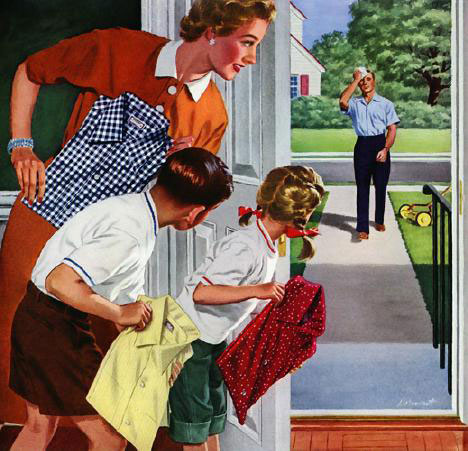In 1963, Betty friedan named the problem. The opening chapter of her Feminine Mystiqueis aptly titled, “The Problem That Has No Name.” There Friedan verbalized what countless housewives thought and felt but did not know how to say: the American dream was a disappointment for women. Marriage, children, a house in the suburbs full of modern conveniences—all these trappings of success failed to satisfy the deeply human yearnings of women. The trappings were, she argued, traps; the middle-class home, a “concentration camp” where women were held captive by a culture that expected them to find fulfillment in their families while secluding themselves from the ambitions of the university and the workplace.
With the problem thus named (and the Nazi metaphor apologetically retracted), Friedan volunteered a solution. If the “feminine mystique” reduced a woman’s identity to the categories of wife and mother, then the first step toward liberation would be to envision a woman’s life course as independent from both her husband and her children. Marriage and childbearing would have to be construed as choices, not obligations, and other choices would have to be permitted the spotlight at center stage.
By Friedan’s account, one choice was paramount: a woman must have a career of her own. To serve this end, women must also have suitable educational opportunities. Friedan called for a feminist “GI Bill” that would bring wives and mothers into university classrooms. Both as to education and employment, Friedan’s goal was for society to treat women more like it had been treating men.

No comments:
Post a Comment